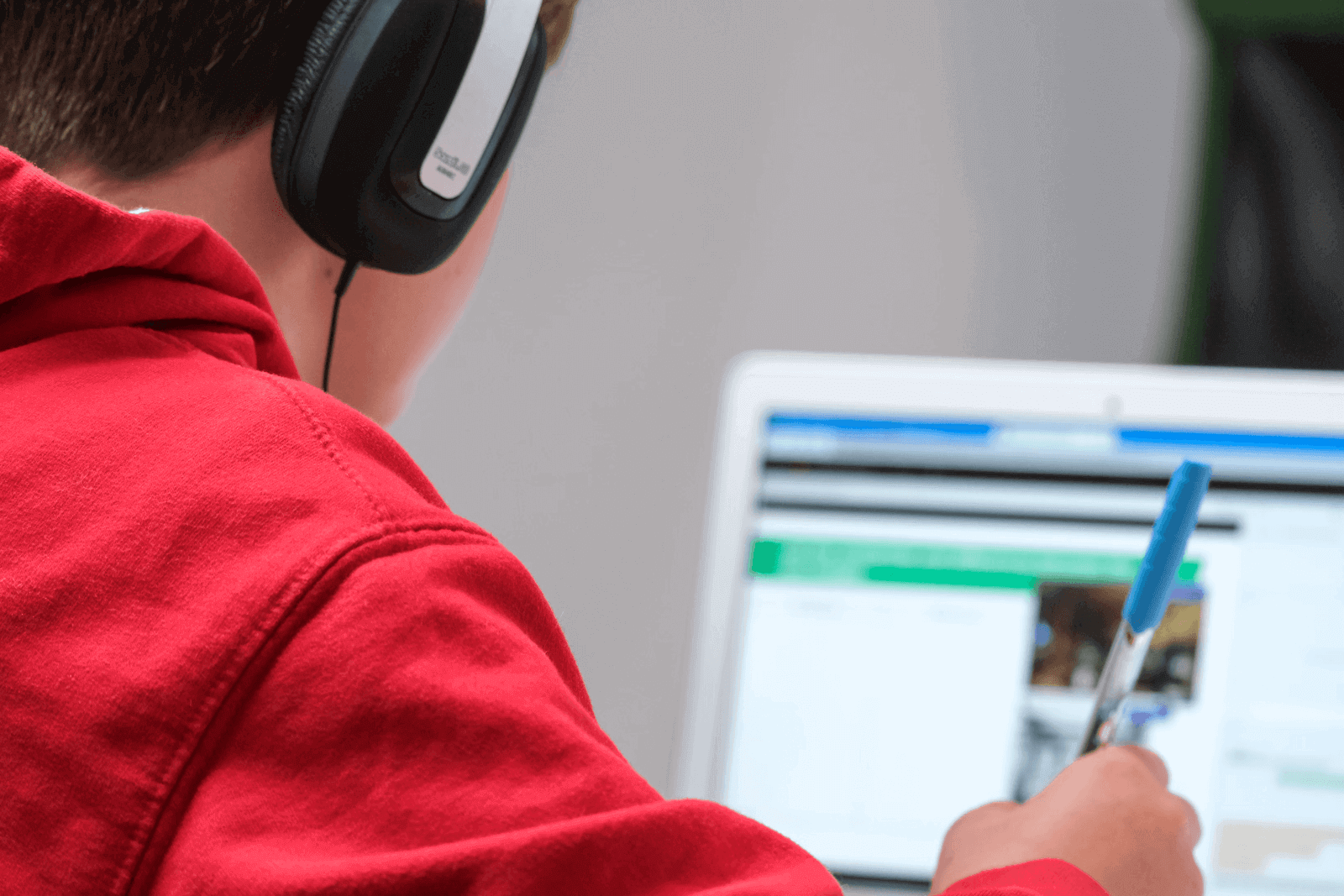Intro to Everyday Objects
Every day, we use many objects at home, at work, or on the go. For English learners, being able to identify and describe these objects is very important for smooth communication.
This guide will help you expand your vocabulary and become more confident in conversations about everyday life.
What Are Everyday Objects?
Everyday objects are items we use or encounter regularly. These include household items, gadgets, office supplies, clothing, and more. Understanding their names, purposes, and how to describe them in English is an essential step for learners of all levels.
Essential Everyday Objects Vocabulary
Here’s a list of common categories of everyday objects with examples:
Everyday objects in the house
- Kitchen: Plate, fork, knife, spoon, pan, refrigerator, kettle
Plate
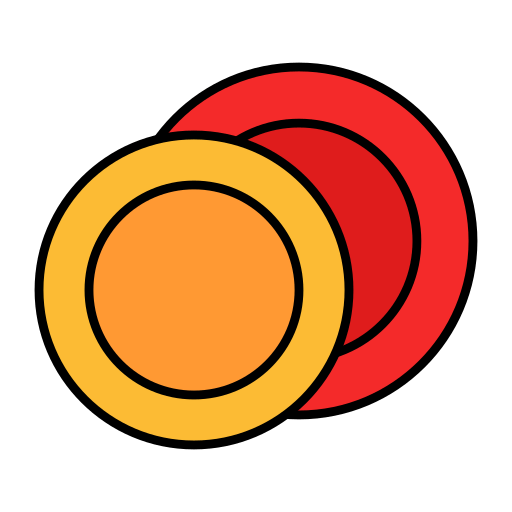
Fork

Knife
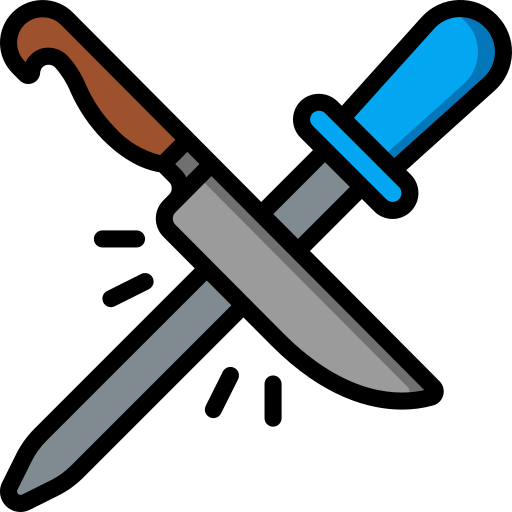
Spoon
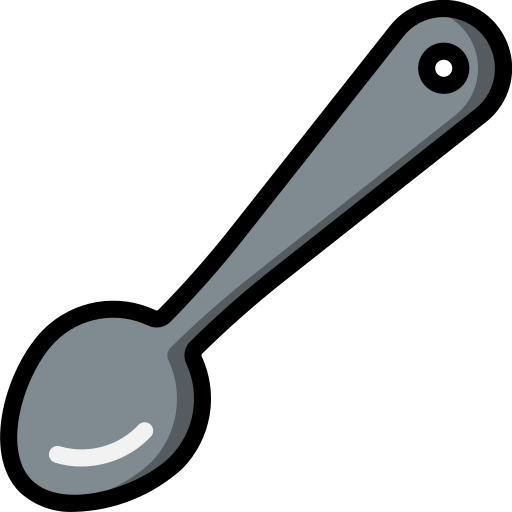
Pan
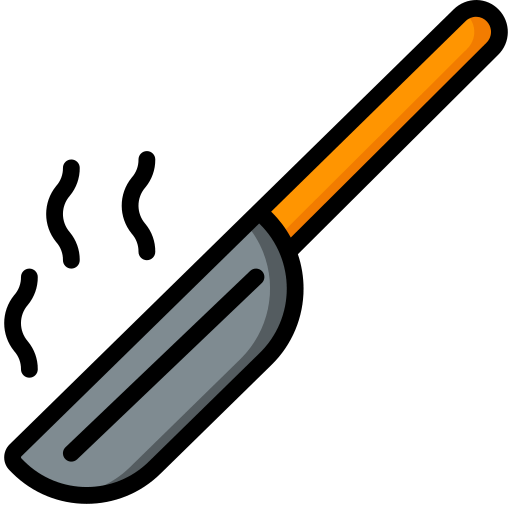
Refrigerator

Kettle

- Living Room: Sofa, coffee table, television, remote control, lamp
Sofa

Coffee Table
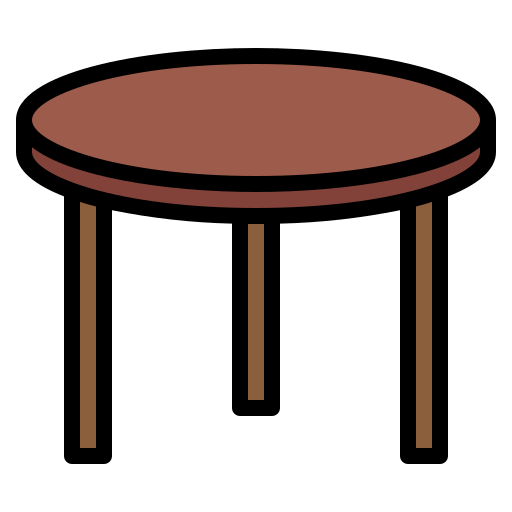
Television
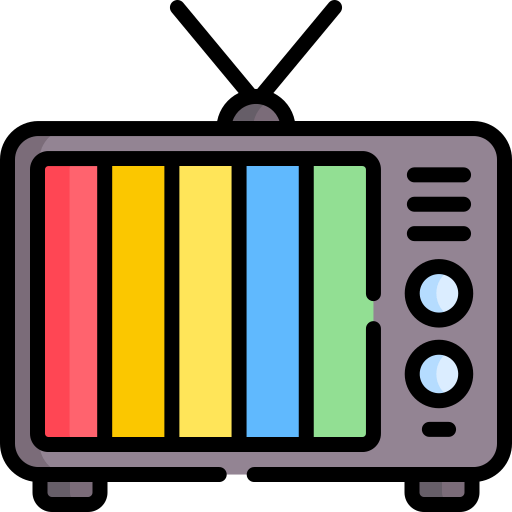
Remote control

Lamp

- Bedroom: Bed, pillow, blanket, wardrobe, alarm clock
Bed
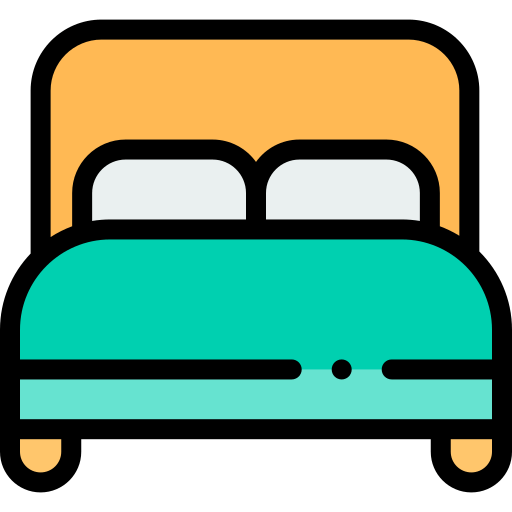
Pillow

Blanket

Wardrobe

Alarm clock

- Bathroom: Toothbrush, toothpaste, shampoo, towel, mirror
Toothbrush
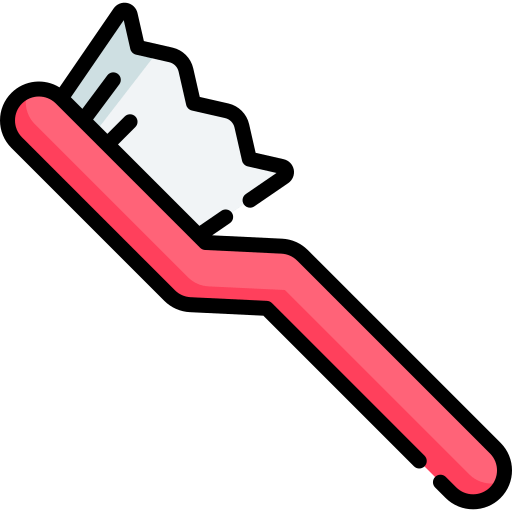
Toothpaste
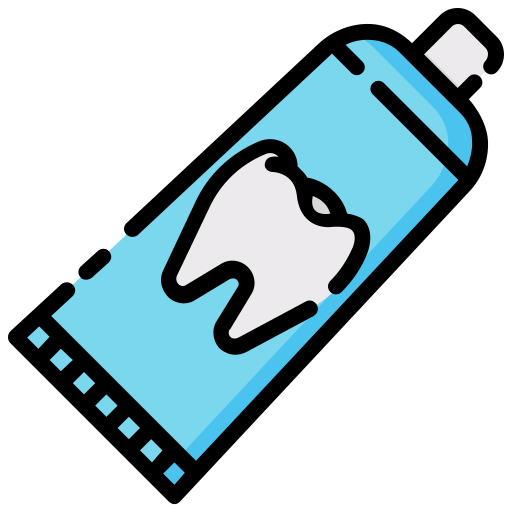
Shampoo
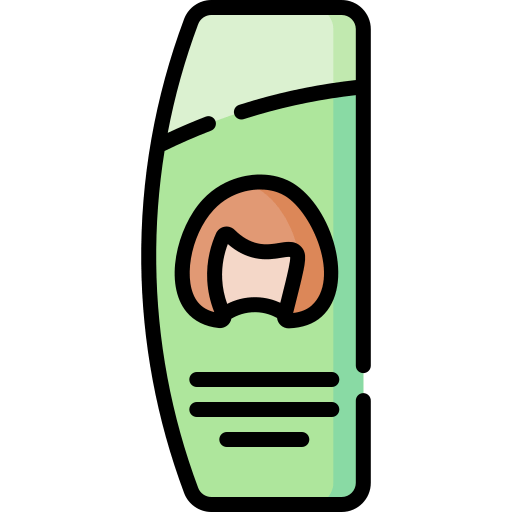
Towel
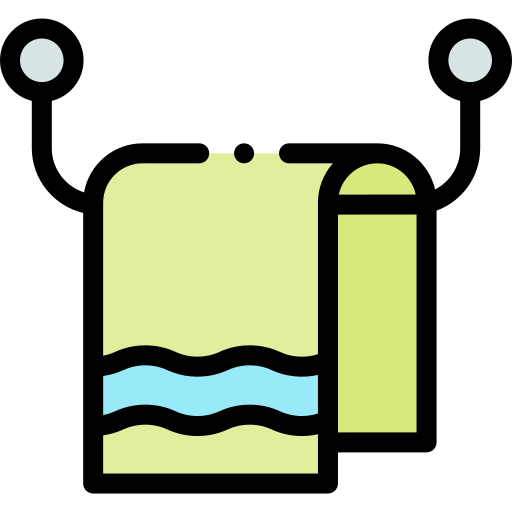
Mirror

Join over 500+ learners
Join the community for free resources and other learning opportunities.
No spam — only valuable English learning content.
Everyday Electronics and Gadgets Objects
Smartphone
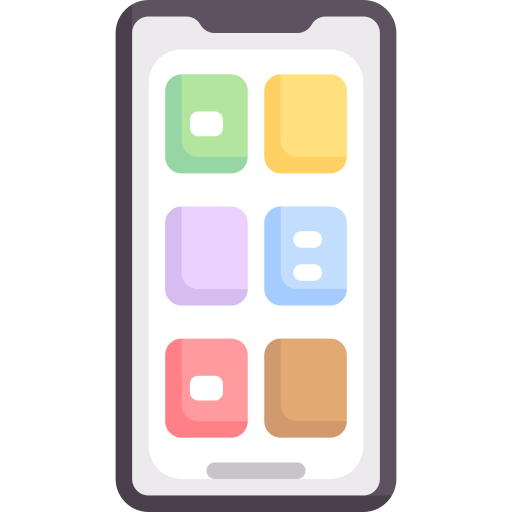
Laptop

Charger
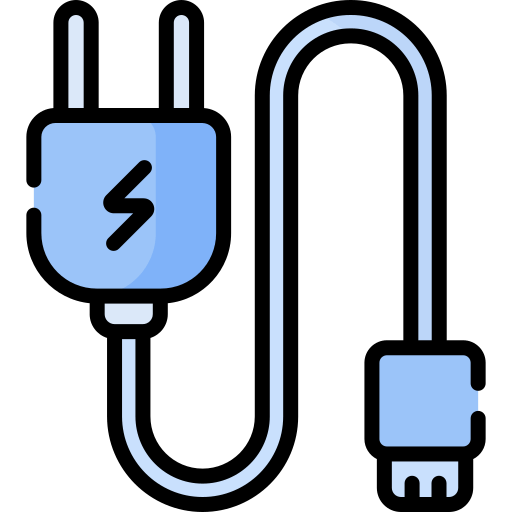
Headphones

Tablet
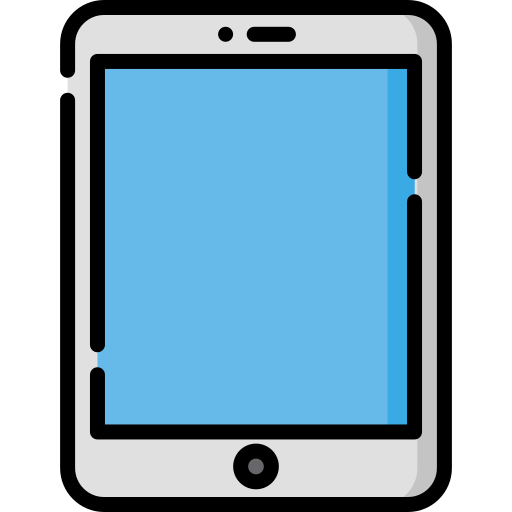
Everyday Office Supplies Objects
Pen

Notebook
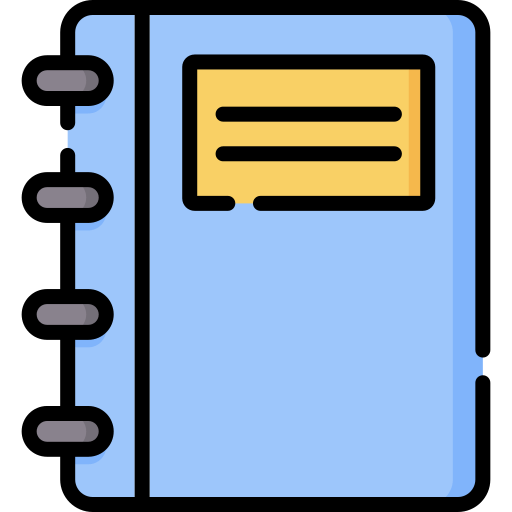
Stapler
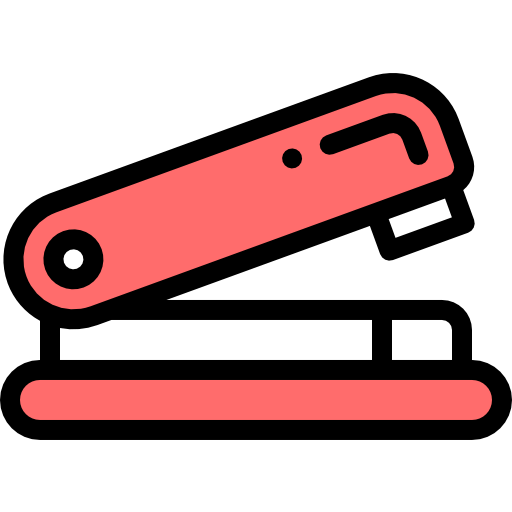
Printer

Desk
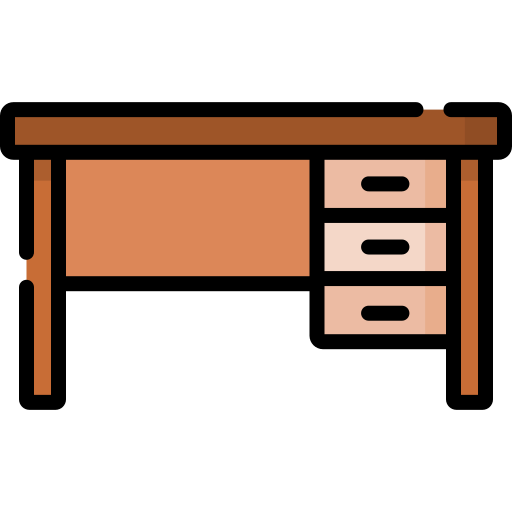
Everyday Clothing and Accessories Objects
Shirt
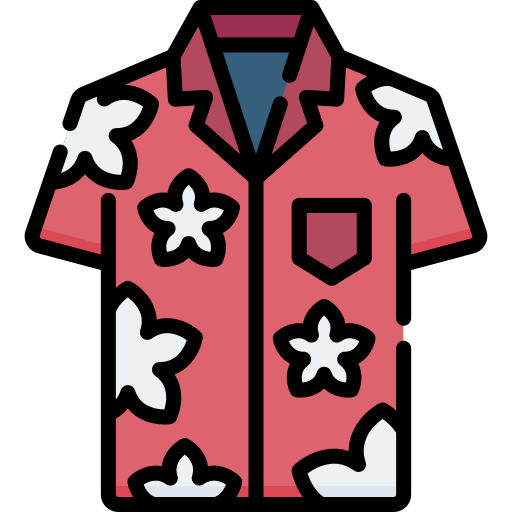
Shoes
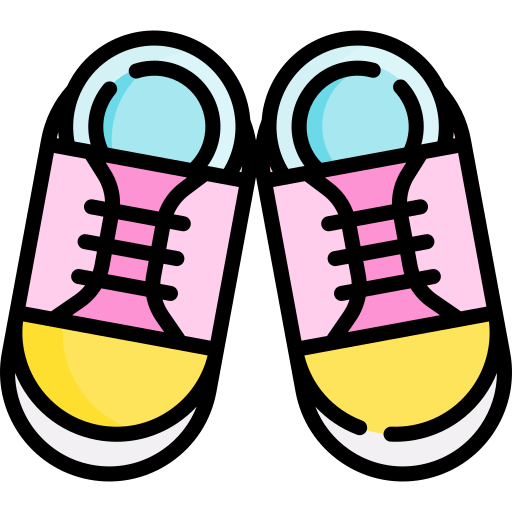
Hat

Watch
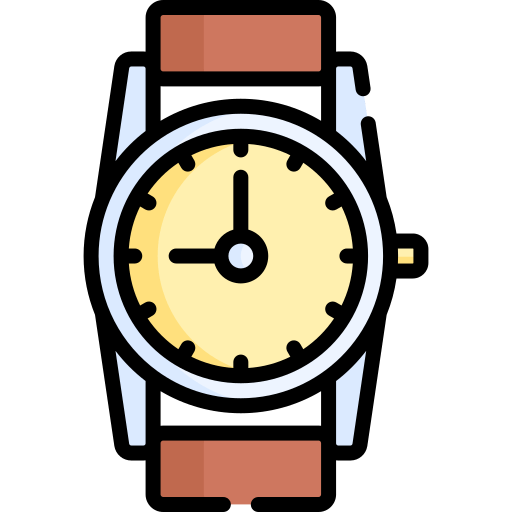
Backpack
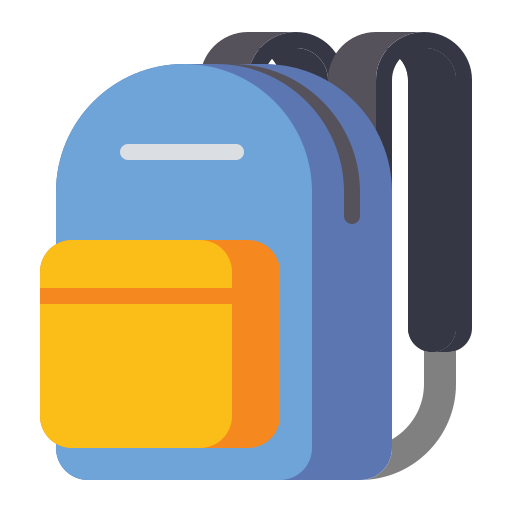
How to Practice Everyday Object Vocabulary
1. Labelling Your Surroundings
One of the easiest ways to learn is by labelling items in your home or workplace. Use sticky notes to write the English name of each object.
2. Memory Games
Practice with memory card matching games (as discussed in our English Games Guide). This is a great way to reinforce nouns.
3. Flashcards
Use apps or make your own flashcards with images of objects on one side and their names on the other.
4. Interactive Exercises
Try online vocabulary quizzes and games to test your knowledge.
5. Daily Practice
Incorporate the new words into your daily conversations. For instance:
- “Can you pass me the spoon, please?”
- “I need to charge my laptop.”
Describing Everyday Objects
Learning to describe objects with adjectives (adj.) helps you expand your vocabulary further. Focus on:
Round

Rectangular

Square



- Colour: blue, yellow, red
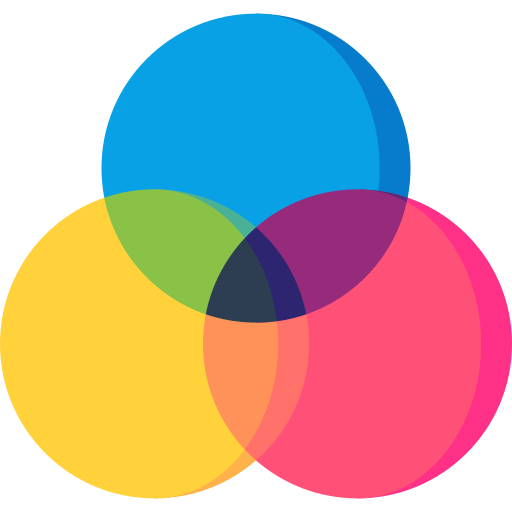
Example Sentence:
"The round wooden table in the living room is next to the red sofa."
Common Questions About Everyday Objects
1. How do I learn the names of objects quickly?
Use visual aids like flashcards, videos, or interactive apps. Our article 10 Fun English Vocabulary Games can provide helpful tips for practice.
2. Can I improve my vocabulary by reading?
Yes! Books and articles often describe scenes with everyday objects. Reading is an excellent way to learn in context. Check out our Reading Comprehension Guide.
3. Why is learning everyday objects important?
It improves your ability to communicate in everyday situations, whether you’re at home, shopping, or traveling.
Using Everyday Objects in Sentences
Here are some example sentences to get you started:
- Kitchen: “The kettle is boiling.”
- Office: “I need a new pen to write with.”
- Living Room: “Can you turn off the television?”
- Electronics: “I forgot my charger at home.”
Common Mistakes to Avoid
- Mixing up similar objects: For instance, confusing “fork” and “spoon.”
- Using the wrong preposition: Learn phrases like “on the table” and “in the drawer.” Refer to our Prepositions & Conjunctions Guide for help.
Conclusion
Expanding your vocabulary with everyday objects will not only make your English more practical but also boost your confidence in daily conversations. Use the tips and resources shared in this guide to practice effectively.
Try our English dictionary with images today!
Extra English Learning Resources
For more tips and resources, check out our Free English Grammar Lessons and Phonics and Reading Activities.

